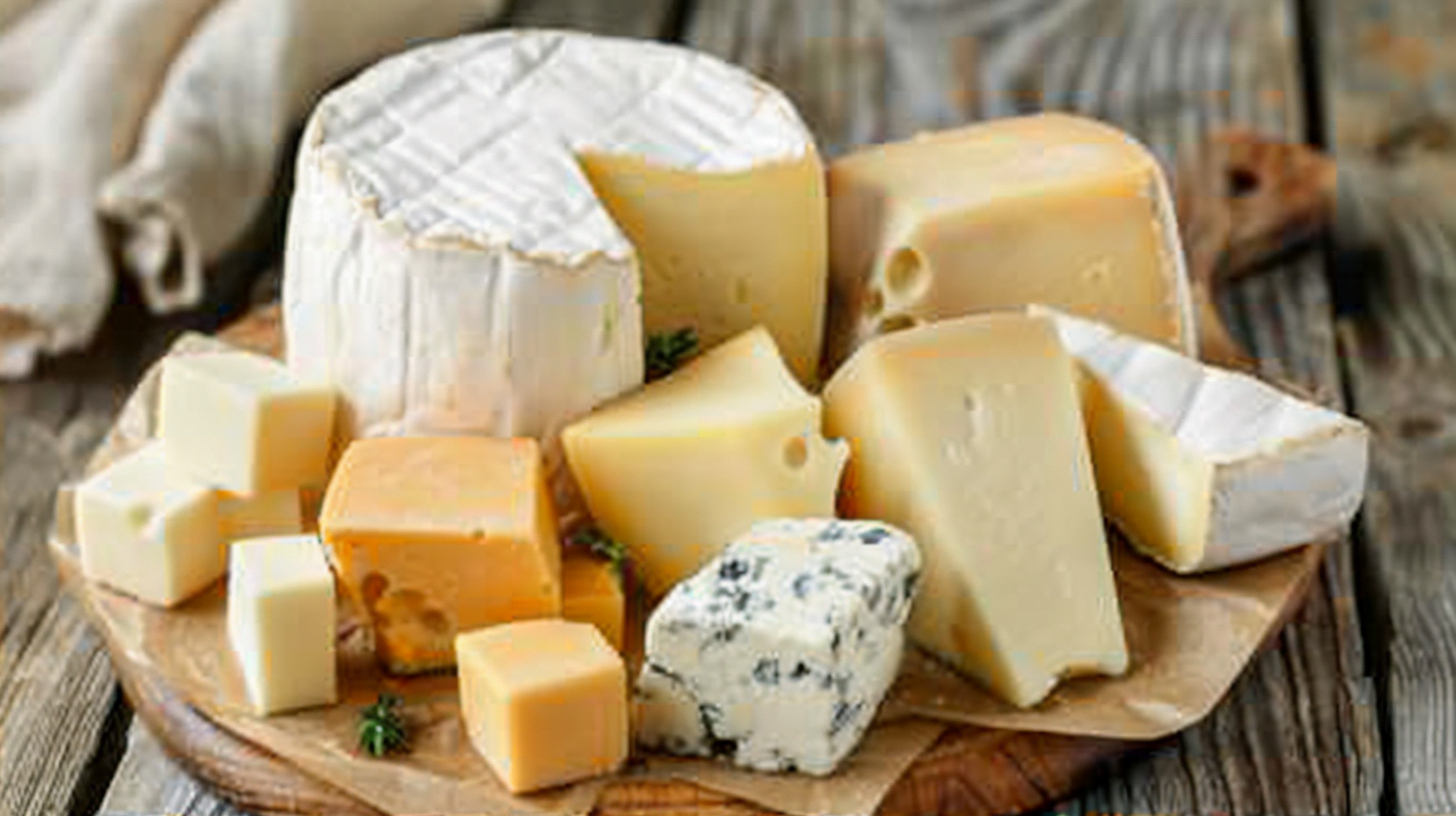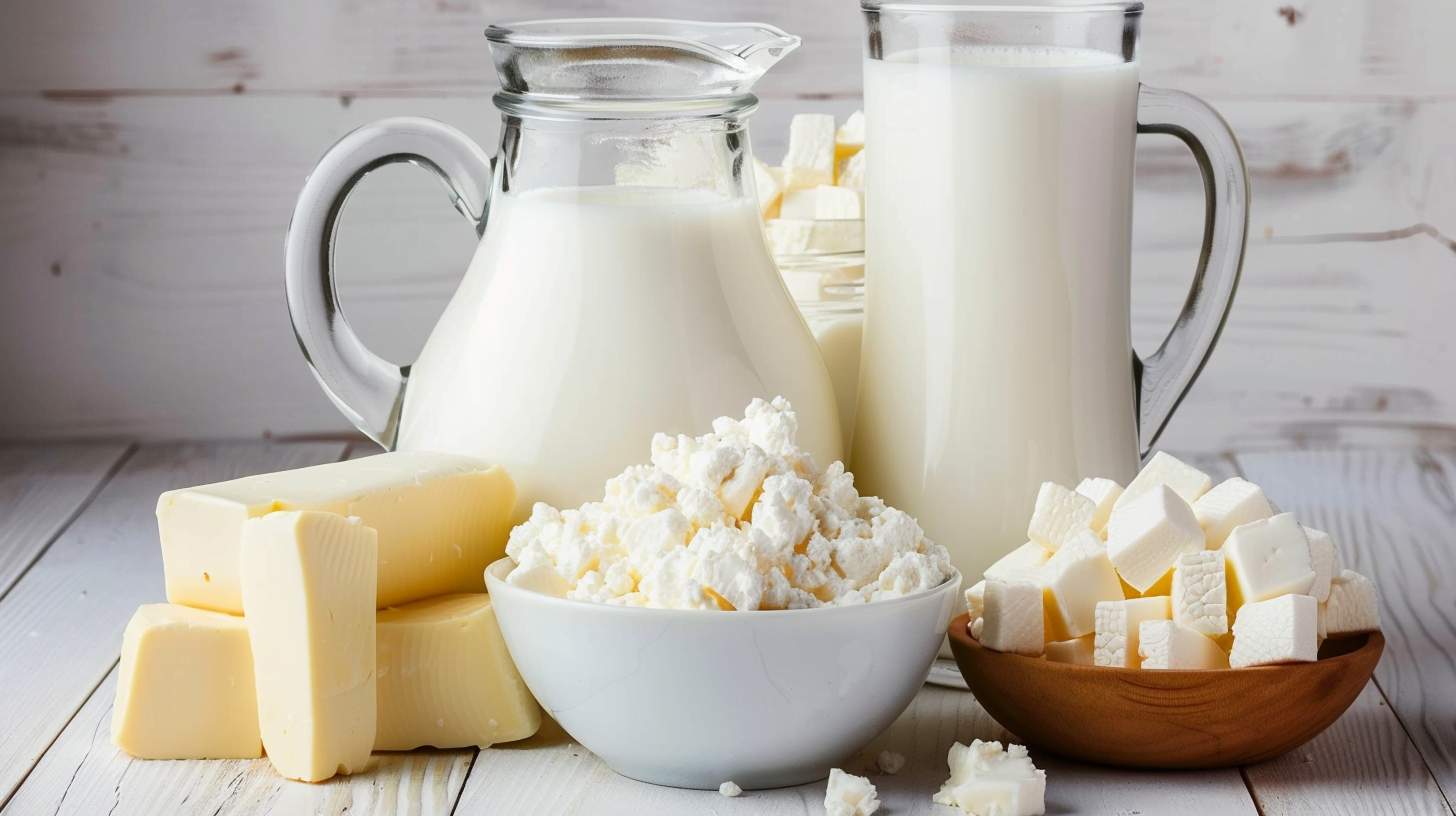Introduction
Yogurt, a creamy, tangy dairy delight, has captured the hearts and taste buds of people worldwide. But have you ever wondered which country reigns supreme in yogurt production? This comprehensive guide will explore the top yogurt-producing countries, delving into their rich dairy traditions, unique yogurt varieties, and the factors contributing to their yogurt-making prowess.
The Global Yogurt Landscape
The global yogurt market has experienced remarkable growth in recent years, driven by increasing health consciousness and changing dietary preferences. Yogurt is not only a delicious treat but also a nutritious source of protein, calcium, and probiotics, making it a popular choice for health-conscious consumers.
According to a report by Grand View Research, the global yogurt market size was valued at $89.7 billion in 2021 and is expected to expand at a compound annual growth rate (CAGR) of 6.2% from 2022 to 2030. This growth can be attributed to the rising demand for convenient, on-the-go snacks and the increasing popularity of yogurt as a versatile ingredient in various cuisines.
Top Yogurt Producing Countries Revealed
When it comes to yogurt production, a few countries stand out as true powerhouses. Let’s take a closer look at the top yogurt producers based on annual production volumes:
- United States
- The United States is the undisputed leader in yogurt production, with an annual output of 4.7 million metric tons in 2021 (Source: USDA).
- The country’s vast dairy industry, favorable climate conditions, and advanced manufacturing technologies contribute to its yogurt-making dominance.
- Popular yogurt varieties in the US include Greek-style, low-fat, and flavored varieties from brands like Chobani, Yoplait, and Dannon.
- Turkey
- Turkey is a close second, producing 3.1 million metric tons of yogurt annually (Source: Turkish Statistical Institute).
- Yogurt holds a significant cultural and dietary importance in Turkey, with a long-standing tradition of yogurt-making dating back centuries.
- Turkish yogurt, known for its creamy texture and tangy flavor, is a staple in many traditional dishes, such as cacık (a yogurt-based dip) and ayran (a yogurt-based drink).
- France
- France is the third-largest yogurt producer, with an annual output of 2.4 million metric tons (Source: FranceAgriMer).
- The country’s rich dairy heritage and the popularity of yogurt as a breakfast and dessert item contribute to its yogurt-making prowess.
- French yogurt brands like Danone, Yoplait, and Lactalis are renowned for their creamy, indulgent yogurt varieties, often flavored with fruits or sweetened.
Other Notable Yogurt Powerhouses
While the top three countries dominate the yogurt production landscape, several other nations also contribute significantly to the global yogurt supply:
- Germany: Known for its thick, creamy yogurt varieties like Quark and Joghurt, Germany produced 1.6 million metric tons of yogurt in 2021 (Source: German Dairy Association).
- Spain: With an annual production of 1.2 million metric tons (Source: Spanish Ministry of Agriculture, Fisheries and Food), Spain is renowned for its rich, creamy yogurt varieties like the traditional Yogur Natural.
- Greece: The birthplace of yogurt, Greece produced 1.1 million metric tons in 2021 (Source: Hellenic Statistical Authority). Greek yogurt, or Strained Yogurt, is a thick, protein-rich variety that has gained global popularity.
- India: As the world’s largest producer of milk, India also has a thriving yogurt industry, producing 1.0 million metric tons annually (Source: National Dairy Development Board).
Factors Influencing Yogurt Production
Several key factors contribute to a country’s ability to produce large quantities of high-quality yogurt:
- Climate and Geographical Conditions: Temperate climates and abundant pastures provide ideal conditions for dairy farming and milk production, which is essential for yogurt-making.
- Availability of High-Quality Milk and Dairy Infrastructure: Access to a reliable supply of fresh, high-quality milk and well-established dairy processing facilities are crucial for efficient yogurt production.
- Cultural Traditions and Dietary Preferences: Countries with a strong cultural affinity for dairy products and yogurt consumption tend to have well-developed yogurt industries.
- Government Policies and Support: Government initiatives, subsidies, and regulations that support the dairy industry can significantly impact yogurt production levels.
- Technological Advancements: Innovations in yogurt manufacturing processes, packaging, and distribution have enabled increased production and extended shelf life, contributing to the growth of the yogurt industry.
Yogurt Varieties from Around the World
Yogurt comes in a wide array of varieties, each with its unique flavors, textures, and production methods. Here are some popular yogurt types from different regions:
- Greek Yogurt: Originating from Greece, this thick, creamy yogurt is strained to remove excess whey, resulting in a protein-rich and tangy treat.
- Skyr: A traditional Icelandic yogurt made from skim milk, Skyr has a thick, creamy texture and a slightly sour taste.
- Labneh: Popular in the Middle East, Labneh is a strained yogurt cheese with a tangy flavor and a spreadable consistency.
- Curd: Commonly found in South Asia, curd (or dahi) is a fresh, unsweetened yogurt made by fermenting milk with yogurt cultures.
- Kefir: Originating from the Caucasus region, Kefir is a fermented milk drink with a slightly effervescent and tangy taste, rich in probiotics.
These are just a few examples of the diverse yogurt varieties available worldwide, each reflecting the unique cultural and culinary traditions of its region.

The Future of Yogurt Production
As consumer demand for yogurt continues to rise, the yogurt industry is constantly evolving and adapting to new trends and challenges:
- Emerging Trends and Innovations: Plant-based yogurt alternatives, probiotic-enriched varieties, and innovative flavors are gaining popularity, catering to diverse dietary preferences and health-conscious consumers.
- Sustainability Efforts: Yogurt producers are increasingly focusing on eco-friendly practices, such as reducing water and energy consumption, minimizing waste, and implementing sustainable packaging solutions.
- Potential Growth Markets: Developing countries with growing populations and rising disposable incomes present significant growth opportunities for the yogurt industry.
- Challenges: Fluctuating milk prices, stringent food safety regulations, and competition from alternative dairy products are some challenges faced by yogurt producers.
As the global yogurt market continues to evolve, producers will need to adapt to changing consumer preferences, embrace sustainable practices, and leverage technological advancements to maintain their competitive edge.
Conclusion
The world of yogurt production is a fascinating tapestry of cultural traditions, culinary innovations, and technological advancements. From the United States and Turkey to France and Greece, these top yogurt-producing nations have mastered the art of transforming fresh milk into creamy, tangy delights that delight taste buds worldwide.
As you explore the diverse yogurt varieties available, remember to appreciate the rich heritage and expertise that goes into each spoonful. Whether you prefer the thick, protein-packed Greek yogurt, the tangy Turkish cacık, or the indulgent French fruit yogurts, there is a yogurt variety to suit every palate.
So, the next time you reach for a yogurt cup, take a moment to savor the flavors and textures, and perhaps even imagine the journey it took from the dairy farm to your table. The world of yogurt production is a testament to the enduring power of culinary traditions and the human spirit’s ability to create delicious, nourishing foods.



